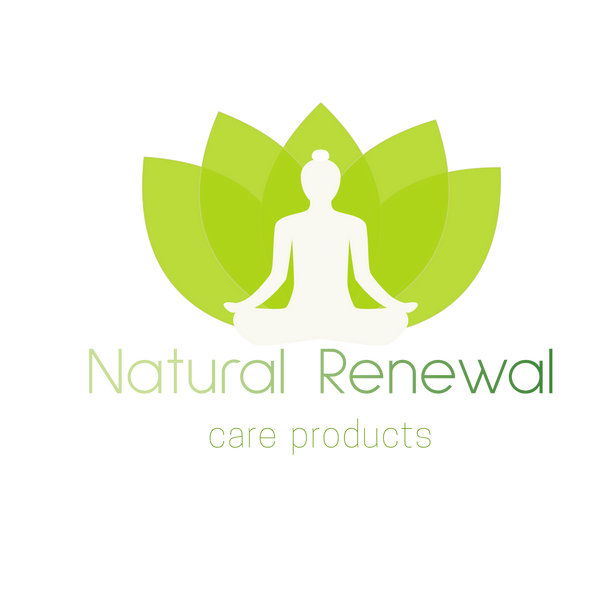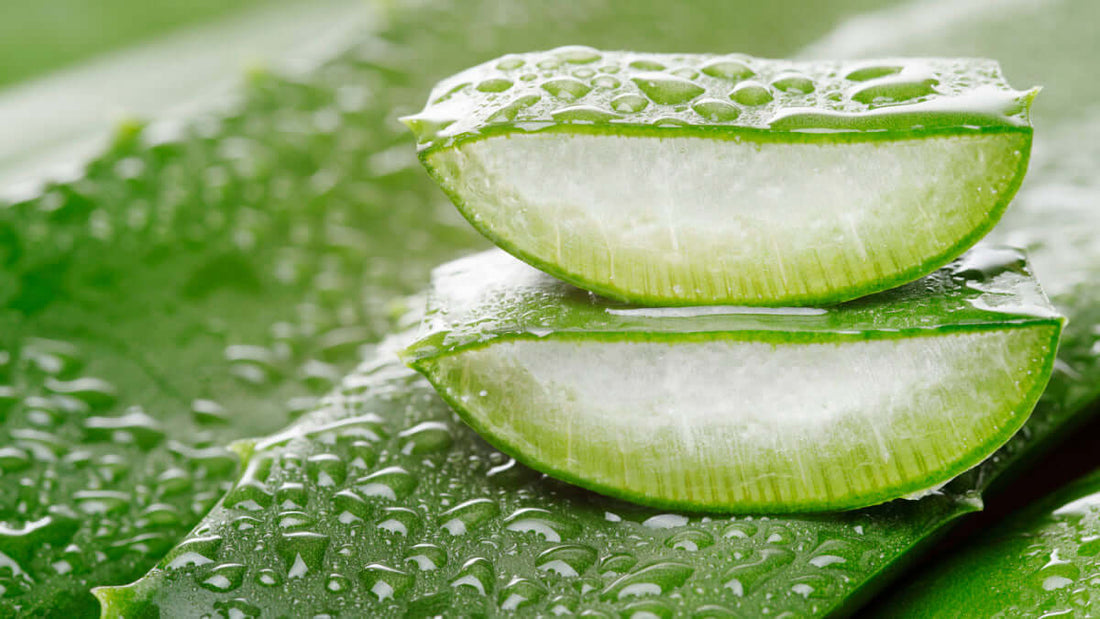How to Use Aloe Vera for Acne
Aloe vera is a plant in the succulent family. It grows wild and has thick, serrated leaves. The clear gel inside of aloe vera leaves is used topically to soothe skin that has been burned or irritated, and some people use it to treat acne. The antibacterial qualities of aloe are probably what make it effective for topical use to treat acne.
There is also a school of thought that believes taking aloe vera orally can be beneficial for hydrating and healing your skin from within, but there is far less evidence to substantiate that idea.
Aloe vera has been studiedTrusted Source when used in conjunction with traditional anti-acne medication, and the results were promising. If your acne is mild to moderate and you’ve been looking for a gentle way to soothe your skin, try these home remedies.
Using pure aloe vera topically
You may get the results that you’re looking for by using aloe vera all by itself. We knowTrusted Source that aloe vera has anti-inflammatory, antibacterial, and antioxidant properties. It’s been used for centuries to cleanse wounds, kill pain, and heal burns. Very few people are allergic to it, and applying it topically poses an extremely low riskTrusted Source (as long as you’re not allergic to it).
How to
By purchasing pure aloe vera and applying it generously to your face in place of a cleanser, you’ll be boosting the blood flow in your skin and killing off harmful bacteria. You can also spot-treat your acne breakout areas, leave the aloe on overnight, and wash it off in the morning to reduce redness and irritation.
Shop online for pure aloe vera gel.
Aloe vera, honey, and cinnamon face mask
Aloe vera has antibacterial properties that can help control and reduce acne-causing bacteria. Two other ingredients that have been studiedTrusted Source and found to have this same effect are cinnamon and honey. By combining all three for an at-home spa treatment, you’ll be upping your chances at smooth skin that’s acne-free.
How to
Start with 2 tablespoons of pure honey and mix in 1 tablespoon of pure aloe vera. The mixture should be easy to spread, but not runny. Mix in 1/4 tablespoon of ground cinnamon before applying the mask to your face, and relax while the mask does its magic for 5 to 10 minutes. Rinse thoroughly after application.
Aloe vera and lemon juice face mask
A face mask with aloe vera and lemon juice will give your face a refreshed and invigorated look while it cleans your pores and kills some of the bacteria that might be causing your acne. Some clinical trialsTrusted Source have shown fruit acids, like those contained in lemon juice, are effective cleansers for treating acne.
How to
For this mask, use pure aloe vera as the base, adding about 1/4 teaspoon of lemon juice to 2 tablespoons of aloe vera. If you need more to apply this mask evenly across your skin, make sure you maintain a lemon juice to aloe ratio of about 8 to 1 so that you don’t irritate or overwhelm your skin with the acidity of the citrus. Leave the mixture on your skin for 5 to 10 minutes before rinsing off completely.
Aloe vera antibacterial spray
Since aloe vera can stimulate healthy skin cell growthTrusted Source, it might be worth it to purchase or make your own cleansing aloe spray. This mist will hydrate your face without causing shine or overproduction of oils, which can clog your pores.
How to
Using a 2-oz. spray bottle, combine 1 1/4 oz. of purified water, 1/2 oz. of aloe vera, and a drop or two of your favorite nontoxic essential oil. Be careful to avoid your eyes when you spritz this cooling, acne-fighting mist on your face, and shake well before every use.
Aloe vera, sugar, and coconut oil scrub
If you’re interested in natural remedies for acne, you might want to combine aloe vera with coconut oil and sugar for a DIY exfoliator. Exfoliating your skin gets rid of dead skin cells that can block pores. Raw or white cane sugar can gently brush these old cells away, clearing a path for aloe vera to penetrate your skin and stimulate healthy skin growth. Coconut oil has antibacterial properties of its own, and it also works as a natural emollient. The main acid in coconut oil has been studiedTrusted Source and found to be a promising acne treatment. Mixing all three together could leave skin feeling smooth and refreshed.
How to
Use coconut oil as your base, adding about 1/2 cup of coconut oil to 1/2 cup of raw or white sugar and mixing well. Pour in 1/4 cup of pure aloe vera gel for an exfoliating blend you can keep in the fridge. To use, gently scrub the mixture over your face and avoid your eye area. Rinse well with water after using.
Aloe vera and tea tree oil cleanser
Since tea tree oil is a proven antibacterialTrusted Source and acne-fighting ingredient, mixing it with aloe vera has the potential to produce a visible benefit. This isn’t a mixture you should leave on your face, as tea tree oil is extremely potent and acidic.
How to
Use aloe vera as your base, add purified water and 2 to 3 drops of tea tree oil before carefully applying the mixture to your face. Rinse off after about a minute and pat your face dry.
Aloe vera creams
Many acne creams and over-the-counter acne treatment products include aloe vera. If you aren’t using products with aloe vera in them, you might consider seeking some out to add to your routine. Aloe vera has anti-inflammatory capabilitiesTrusted Source that make it a popular ingredient in commercial acne treatments. Check out the ingredient listings in the drugstore acne treatment section to see how you might add more aloe vera to your skin care regimen.
Some people advocate using aloe teas and aloe juice to treat acne, but so far there’s not much evidence that it works. There’s also some evidenceTrusted Source that ingesting high levels of aloe vera could hurt your body and put you more at risk for certain types of cancer. Avoid drinking aloe in significant quantities until more is known about the risks it might pose.
Aloe vera might also have interactions with other drugs, according to the Mayo Clinic. Make your provider aware that you’re taking aloe vera for acne if you do decide to try it internally.
Before you use any new substance on your face, do a patch test on your wrist, behind your ear, or on your upper arm to test your skin. If you have any sort of reaction or redness after using aloe on your skin, don’t try to use aloe to treat your acne.
There are plenty of ways to try aloe vera as an at-home treatment for your acne. If your acne is mild or moderate, the research is on your side. Aloe vera has been found to be an effective bacteria killer and acne treatment. With very little risk and a high possibility for success, most people should feel optimistic about using aloe vera as a part of their skin care routine.
Source:
https://www.healthline.com/health/aloe-vera-for-acne

